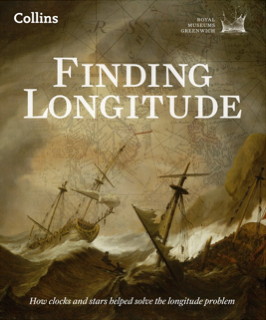 Eurasian reed warblers don’t need no stinkin’ marine chronometers. A new study suggests that the migratory birds make use of magnetic declination to determine longitude, “at least under some circumstances under clear skies. Experienced migrants tested during autumn migration in Rybachy, Russia, were exposed to an 8.5° change in declination while all other cues remained unchanged. This corresponds to a virtual magnetic displacement to Scotland if and only if magnetic declination is a part of their map. The adult migrants responded by changing their heading by 151° from WSW to ESE, consistent with compensation for the virtual magnetic displacement.”
Eurasian reed warblers don’t need no stinkin’ marine chronometers. A new study suggests that the migratory birds make use of magnetic declination to determine longitude, “at least under some circumstances under clear skies. Experienced migrants tested during autumn migration in Rybachy, Russia, were exposed to an 8.5° change in declination while all other cues remained unchanged. This corresponds to a virtual magnetic displacement to Scotland if and only if magnetic declination is a part of their map. The adult migrants responded by changing their heading by 151° from WSW to ESE, consistent with compensation for the virtual magnetic displacement.”
Not, it would seem, accurate enough for the species to earn a chunk of the Longitude Prize, and it’s not like John Harrison should have been messing about with birds instead of clocks, but interesting all the same. [GeoLounge]

